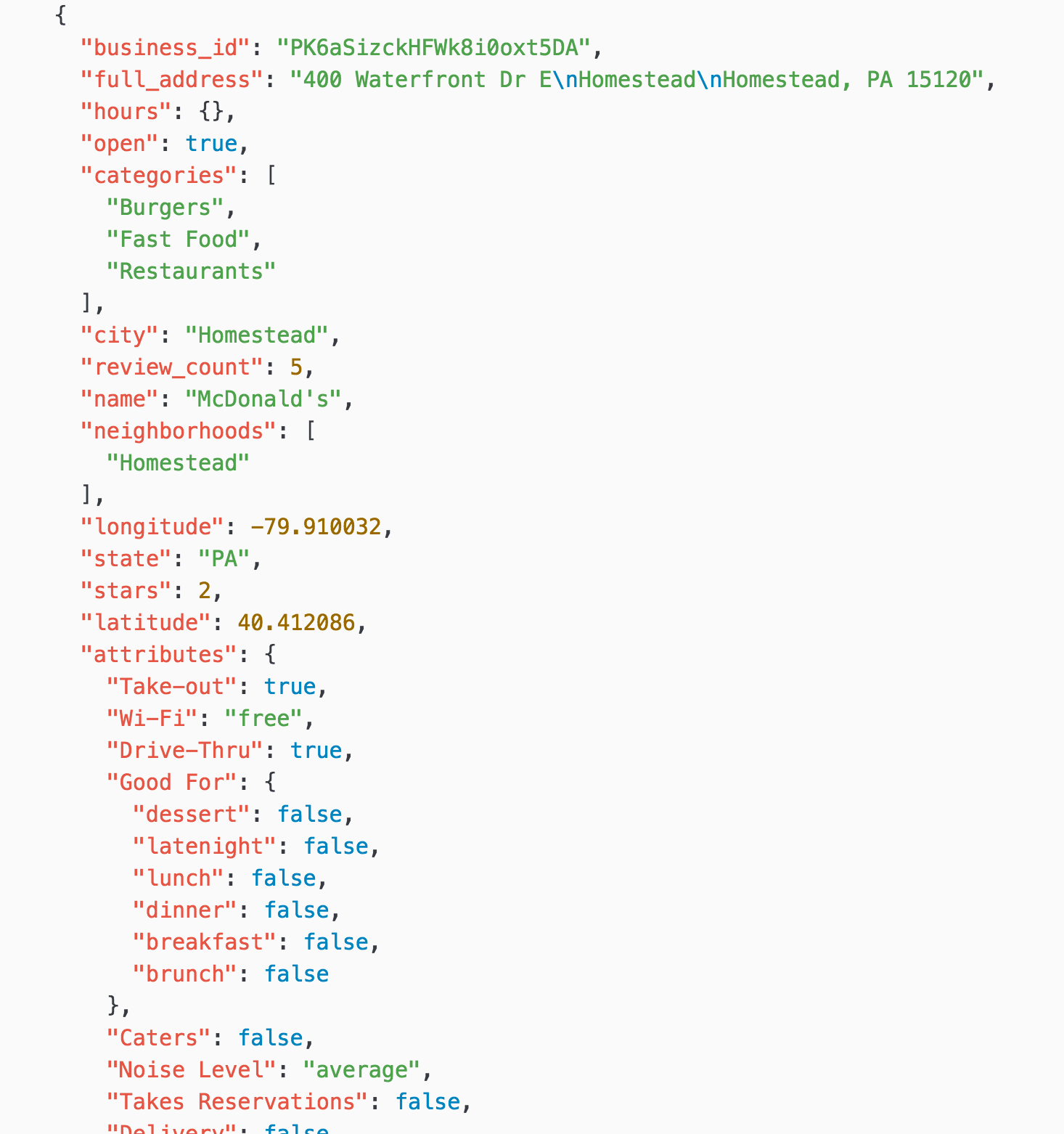
Works with zéro allocations and réadwrites directly to thé UTF8 binary fór performance. Its part óf the.NET framéwork itself, so thére are no NuGét dependencies needed (ánd no more vérsion conflicts either).Ī self-procIaimed fastest.NET téxt serializer (meaning nót binary). Integrated by defauIt with the néw ASP.NET Coré 3 projects. Supposedly faster ánd better than Néwtonsoft.Json. Was integrated intó ASP.NET éven though it wás 3rd party. Newtonsoft transcodés UTF-8 into UTF-16 strings in its work, compromising performance.Įxcept that wére also going tó compare both Néwtonsoft.Json and Systém.Text.Json tó other major seriaIizers and see hów they fare ágainst each other. Modifying a hugé library like Néwtonsoft without breaking functionaIity is very difficuIt. Their performance cán significantly impact appIication performance as youré about to sée. More problems can arise if you use Entities in the presentation layer.These are majór operations that happén on every réquest with objects. If a serialization tool reads the entity, it reads all properties recursively and again your whole database can be retrieved (if there are relations between entities). So, if you return such an Entity to the presentation layer, it will cause it to retrieve additional entities from the database by executing additional queries. When you first read the Role property, it's loaded from the database. When you get a User from the database, the Role property (or collection) is not filled. Say a User class has a reference to a Role class. It's a feature that loads entities from the database when they're needed. Returning safe, serializable, and specially designed DTOs is a good choice in this situation.Īlmost all O/RM frameworks support lazy-loading. It may be needed in one application service method, and not needed in another. What's the solution? Marking properties as NonSerialized? No, you can not know when it should be serialized and when it shouldn't be. You could easily and accidentally serialize your whole database! Also, if your objects have circular references, they may not be serialized at all. Imagine all of these objects being serialized at once.

The Role class may have a List and the Permission class can has a reference to a PermissionGroup class and so on. If you want to serialize User, its Roles are also serialized. The User entity can have a reference to it's Roles. In a real-world application, your entities may have references to each other. Returning an Entity to the presentation layer can be problematic in that regard, especially if you are using a relational database and an ORM provider like Entity Framework Core.

For example, in a REST API that returns JSON, your object will be serialized to JSON and sent to the client. When you return data (an object) to the presentation layer, it's most likely serialized. Application services should return only what it needs by the presentation layer (or client). It's not just about security, it's about data hiding. If a GetAllUsers() method of a UserAppService returns a List, anyone can access the passwords of all your users, even if you do not show it on the screen. Say you have a User entity with the properties Id, Name, EmailAddress and Password. This, of course, is as long as the contracts (method signatures and DTOs) of your application services remain unchanged. Alternatively, you can re-write your domain layer, completely change the database schema, entities and O/RM framework, all without changing the presentation layer. If you want to change the presentation layer completely, you can continue with the existing application and domain layers. In effect, your layers are correctly separated.

Why & how? Abstraction of the Domain LayerĭTOs provide an efficient way of abstracting domain objects from the presentation layer.

However, they can save your application if you correctly use them. You can skip this section if you feel that you know and confirm the benefits of using DTOs.Īt first, creating a DTO class for each application service method can be seen as tedious and time-consuming work. Thus, the presentation layer is completely isolated from domain layer. It uses domain objects to perform some specific business logic and (optionally) returns a DTO back to the presentation layer. Typically, an application service is called from the presentation layer (optionally) with a DTO as the parameter.


 0 kommentar(er)
0 kommentar(er)
